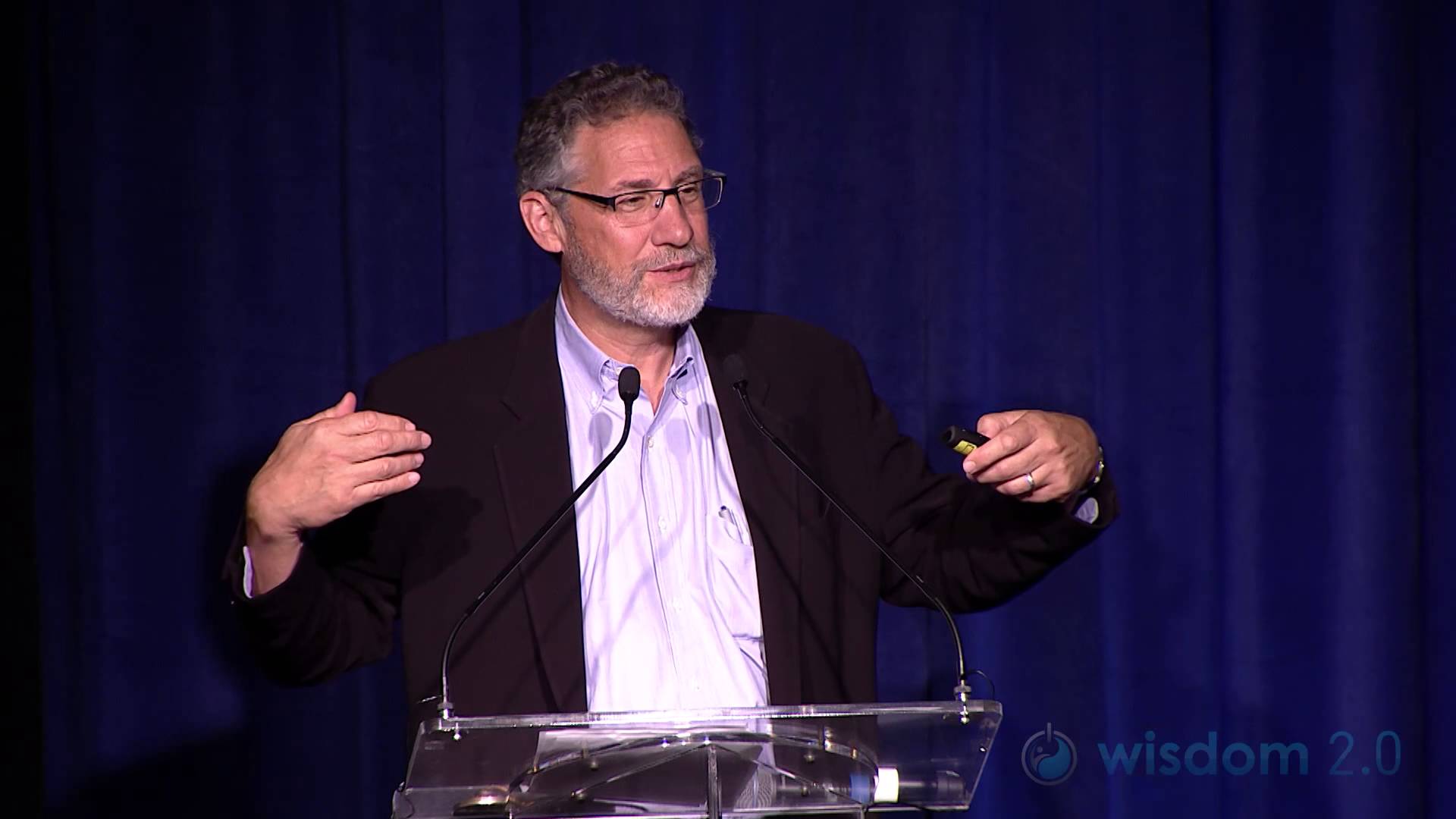YOUTUBE VIDEO: The Well-Tempered City – use nature instead of the brute force of steel and concrete to mitigate flooding and harmful runoff, advocates visionary Jonathan Rose
Note to Reader:
Recognized for creating communities that literally heal both residents and neighborhoods, Jonathan Rose is one of the leading thinkers in the United States on the integration of environmental, social, and economic solutions to urban development issues facing the country today.
In The Well-Tempered City, published in September 2016, he distills a lifetime of interdisciplinary research and firsthand experience into a five-pronged model for how to design and reshape our cities with the goal of equalizing their landscape of opportunity.
THE WELL-TEMPERED CITY: What Modern Science, Ancient Civilizations and Human Behavior Teach Us About the Future of Urban Life
“Cities are birthplaces of civilization; centers of culture, trade, and progress; cauldrons of opportunity—and the home of 80 percent of the world’s population by 2080,” says Jonathan Rose.
“As the 21st century progresses, metropolitan areas will bear the brunt of global megatrends such as climate change, natural resource depletion, population growth, income inequality, mass migrations, education and health disparities, among many others.”
“Drawing from the musical concept of “temperament” as a way to achieve harmony, Rose argues that well-tempered cities can be infused with systems that bend the arc of their development toward equality, resilience, adaptability, well-being, and the ever-unfolding harmony between civilization and nature.
These goals may never be fully achieved, he says, but our cities will be richer and happier if we aspire to them, and if we infuse our every plan and constructive step of city development with this intention.
In his book, Rose writes about natural infrastructure. This means using nature instead of the brute force of steel and concrete to mitigate flooding and harmful runoff.
Five-Pronged Model
There are five characteristics that cities and metropolitan regions can develop, according to Rose.
The first characteristic is coherence—moving from siloed strategies to integrated ones.
The second characteristic is circularity—moving from linear systems to connected ones.
The third characteristic is resilience—integrating climate resilience and cognitive resilience.
The fourth characteristic is community—recent science shows that the neighborhoods in which we live have an outsized effect on the quality of our lives, and the future of our children.
The fifth characteristic is compassion—when individuals try to maximize their own benefits, systems collapse.
The Bell Curve of Human Nature
“The range of human nature falls along a bell curve of behavior, with saints at one extreme, and fascists on the other. Most of us fall in the middle,” wrote Jonathan on his blog in July 2016.
“Although it is unlikely that we will all become saintly altruists, leaders can shift the center of gravity of our collective intention in one direction or another. New York State Attorney General Eric Schneiderman describes these two sides of human nature as the three C’s compassionate, connected and courageous or the three S’s, selfish, separate and scared.”
To Learn More:
Visit http://www.welltemperedcity.com/
Read The Bell Curve of Human Nature



